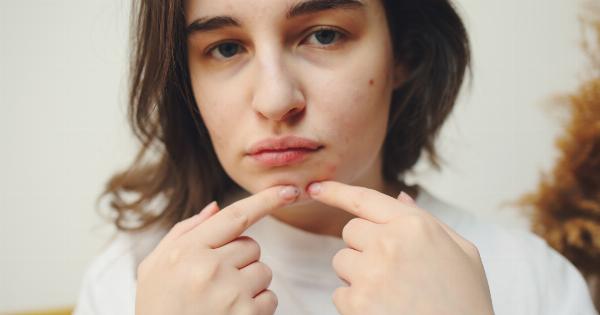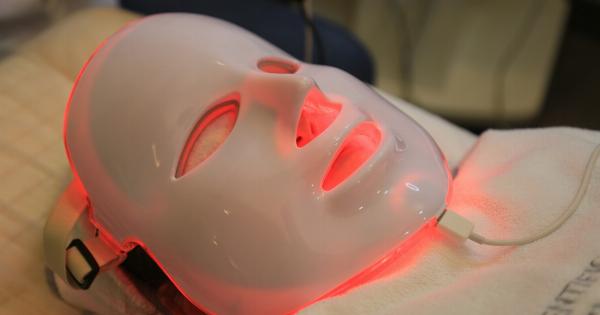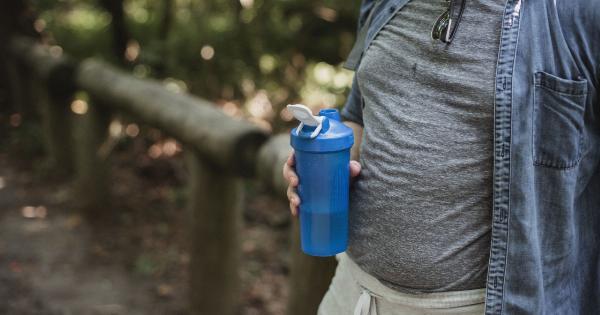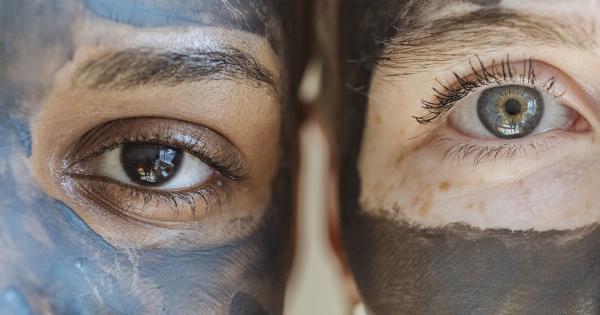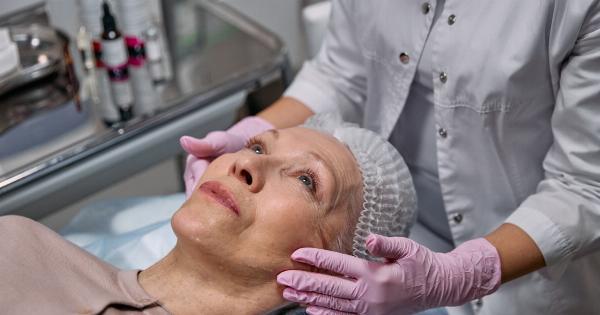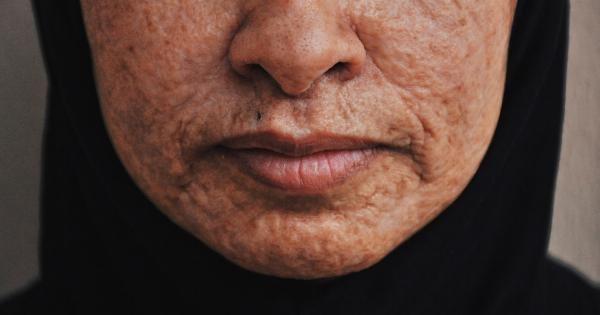Breast drooping, also known as breast ptosis, is a common concern among women of all ages. It is characterized by sagging or downward descent of the breasts, which can be caused by various factors such as aging, pregnancy, and weight fluctuations.
In this article, we will discuss what you need to know about breast drooping, including its causes, prevention, and treatment options.
Causes of Breast Drooping
There are several factors that contribute to breast drooping. The most common ones include:.
1. Aging
As women age, their skin loses elasticity, and the breast tissues start to weaken. The loss of collagen and elastin, which are essential for maintaining firmness and elasticity, leads to breast sagging.
2. Pregnancy and Breastfeeding
Pregnancy causes significant changes in a woman’s breasts. During pregnancy, the breasts enlarge due to milk production and hormonal changes.
Once breastfeeding is finished, the breasts may not return to their original shape and size, resulting in sagging.
3. Weight Fluctuations
Frequent weight gain and loss can have a significant impact on breast appearance. When a woman gains weight, the breasts enlarge, and the skin stretches.
Losing weight rapidly or multiple times can lead to sagging breasts as the skin and tissues are not able to retract effectively.
4. Genetics
Genetics can play a role in determining the breast shape and tendency to sag. Some women may have a genetic predisposition to breast drooping due to weaker connective tissues in the breasts.
Prevention of Breast Drooping
While certain factors like genetics cannot be controlled, there are preventive measures that can help delay or minimize breast drooping. Here are some tips to consider:.
1. Wear a Supportive Bra
Wearing a well-fitted and supportive bra is crucial in maintaining the shape of your breasts. Choose bras with strong underwire and wide straps to provide adequate support and minimize the effects of gravity.
2. Moisturize Regularly
Keeping your breasts moisturized can improve skin elasticity. Apply a quality moisturizer or lotion to your breasts daily to keep the skin hydrated and supple.
3. Maintain a Healthy Weight
Avoid rapid weight fluctuations by maintaining a healthy weight. Sudden weight gain or loss can stretch or damage the tissues, leading to breast sagging. Ensure you follow a well-balanced diet and engage in regular exercise.
4. Protect Your Breasts from Sun Exposure
Excessive sun exposure can cause skin aging and loss of elasticity. Protect your breasts from harmful UV rays by applying sunscreen and wearing protective clothing when spending time outdoors.
Treatment Options for Breast Drooping
If you are already experiencing breast drooping, there are several treatment options available. The most common ones include:.
1. Breast Lift Surgery
A breast lift, also known as mastopexy, is a surgical procedure that lifts and reshapes sagging breasts. During the procedure, excess skin is removed, and the breast tissues are lifted to a higher position, resulting in a more youthful appearance.
This procedure can also be combined with breast augmentation to enhance breast volume if desired.
2. Non-Surgical Skin Tightening
Non-surgical skin tightening treatments use advanced technologies like radiofrequency or ultrasound to stimulate collagen production and tighten the skin.
These treatments are less invasive than surgery and can help improve mild to moderate breast drooping.
3. Exercise and Chest Muscle Strengthening
Certain exercises that target the chest muscles can help improve the overall appearance of the breasts. Consult with a professional trainer or physical therapist to learn exercises that can strengthen the chest muscles and provide a lifting effect.
4. Dermal Fillers
Dermal fillers, which are typically used for facial rejuvenation, can also be used to enhance the appearance of sagging breasts. The fillers are injected strategically to add volume and lift to the breasts, providing a temporary improvement.
Conclusion
Breast drooping is a common concern that affects many women.
While certain factors like aging and genetics cannot be avoided, taking preventive measures such as wearing a supportive bra and moisturizing regularly can help delay and minimize the effects of breast drooping. In cases where breast drooping has already occurred, there are various treatment options available, ranging from surgical procedures like breast lift surgery to non-surgical skin tightening treatments and exercise.
Consult with a qualified healthcare professional to determine the most suitable option based on your individual needs and goals.




